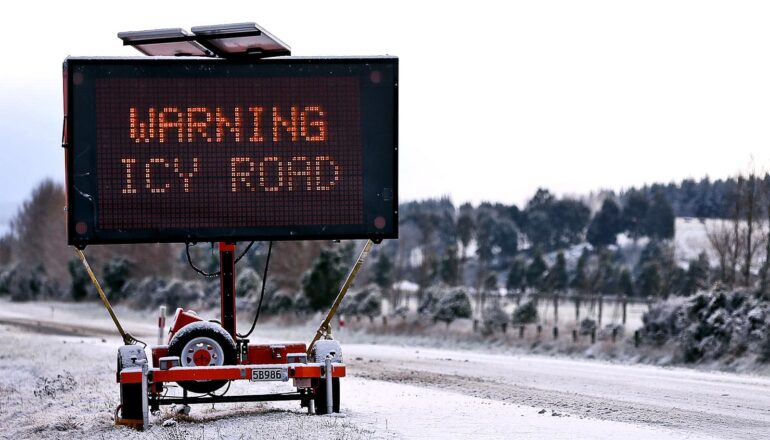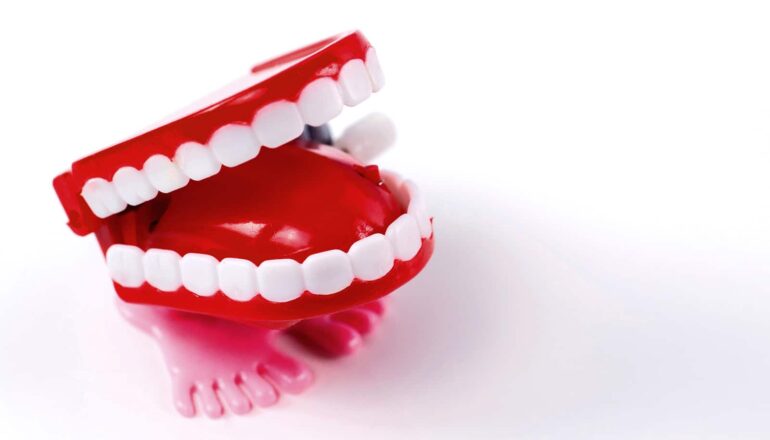
For the fifth year in a row, use of most substances among teenagers in the United States continues to hover around the low-water mark reached in 2021.
The findings are from the latest report of the Monitoring the Future study at the University of Michigan’s Institute for Social Research, an annual survey of drug use behaviors and attitudes among eighth, 10th, and 12th graders that has been supported by the National Institutes of Health for 51 years.
Researchers found that the percentage of teens currently abstaining from alcohol, tobacco, and nicotine held steady at historically high levels established five years ago when they detected a sharp decline in reported use of most drugs from 2020 to 2021.
This substantial falloff was largely attributed to disruptions in drug availability and in the social lives of teens during the pandemic, when many were isolated at home with parents or other caregivers and spending less time with friends.
“One of the main findings from the survey this year is that teen use of the most common drugs has not rebounded after the large decline during the pandemic,” says Richard Miech, research professor at ISR and team lead of the MTF study.
“Many expected teen drug use levels to return to pre-pandemic levels once the social distancing policies were lifted, but this has not happened.”
For the survey, eighth, 10th, and 12th graders self-report their substance-use behaviors over various time periods, including past 30 days, past 12 months, and in their lifetime. The survey also documents students’ perceptions of harm, disapproval of use, and perceived availability of drugs.
The data indicates that, compared to 2024, reported use of most drugs in most grades held steady in 2025. Key findings:
- Abstaining from, or not using, marijuana, alcohol, and nicotine remained stable for all grades, with 91% of eighth graders, 82% of 10th graders, and 66% of 12th graders reporting abstaining in the past 30 days.
- Alcohol use remained stable among all three grade levels, with 11% of eighth graders, 24% of 10th graders, and 41% of 12th graders reporting use in the past 12 months.
- Cannabis use remained stable among all grades, with 8% of eighth graders, 16% of 10th graders, and 26% of 12th graders reporting use in the past 12 months. Of note, 2% of 8th graders, 6% of 10th graders, and 9% of 12th graders reported use of cannabis products made from hemp, which include intoxicating products such as delta-8-tetrahydrocannabinol, in the past 12 months.
- Nicotine vaping remained stable among all grades, with 9% of eighth graders, 14% of 10th graders, and 20% of 12th graders reporting use in the past 12 months.
- Nicotine pouch use remained stable among all grades, with 1% of eighth graders, 3% of 10th graders, and 7% of 12th graders reporting use in the past 12 months.
- Daily use of energy drinks or energy shots is at or near record highs among all three grades, with 18% of eighth graders, 20% of 10th graders (a statistically significant increase from 17% in 2024), and 23% of 12th graders reporting use at least once per day in the last 30 days.
- Heroin use among all three grades remains low, though values increased significantly from 2024, with 0.5% of eighth graders (compared to 0.2% in 2024), 0.5% of 10th graders (compared to 0.1% in 2024), and 0.9% of 12th graders (compared to 0.2% in 2024) reporting use in the past 12 months.
- Cocaine use also remained low and stable for 10th graders, with 0.7% reporting use in the past 12 months, However, values increased significantly among the other grades surveyed, with 0.6% of eighth graders (compared to 0.2% in 2024) and 1.4% of 12th graders (compared to 0.9% in 2024) reporting use in the past 12 months.
“The slight but significant increase we see in heroin and cocaine use warrants close monitoring. However, to put these current levels of use in context, they are leagues below what they were decades ago,” Miech says.
Nora Volkow, director of NIH’s National Institute on Drug Abuse, says it is encouraging that adolescent drug use overall remains relatively low and that “so many teens choose not to use drugs at all.”
“It is critical to continue to monitor these trends closely to understand how we can continue to support teens in making healthy choices and target interventions where and when they are needed,” she says.
The results were gathered from a nationally representative sample, and the data were statistically weighted to provide national numbers. The investigators collected 23,726 surveys from students enrolled across 270 public and private schools nationwide from February through June 2025. Students took the in-school survey via the web—either on tablets or on a computer.
The 2025 survey results are available online from the University of Michigan.
Source: University of Michigan
The post Drug use remains low among US teens appeared first on Futurity.
from Futurity https://ift.tt/t6RsWAn





